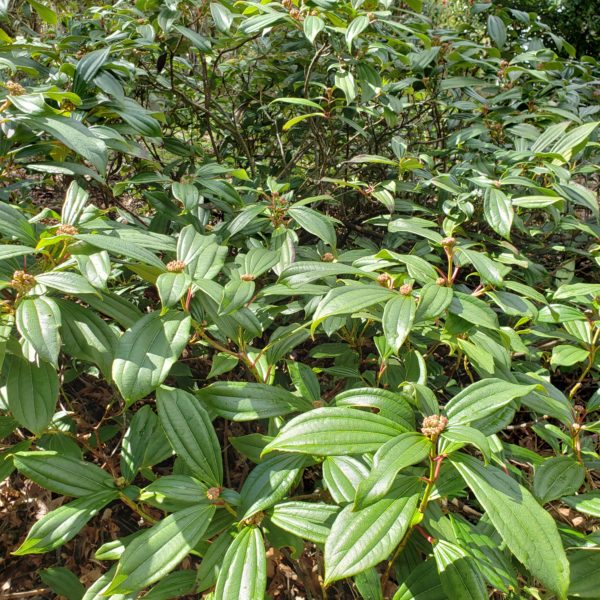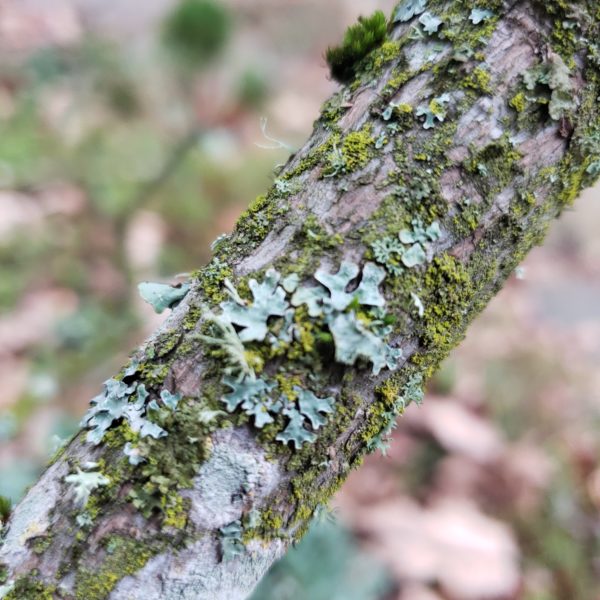Visitors to Oregon are awed by the enormous leaves of our Oregon maple Acer macrophyllum. The tree is native to the Pacific Northwest and is commonly called the bigleaf maple due to the huge size of its deciduous leaves. The bigleaf maple boasts the largest leaves of any maple tree, with its 5 lobes stretching up to 12 inches across.... Read More
When our mild Portland temperatures turn hot in late summer, a well-placed shade tree can significantly reduce the temperature of shaded homes and outdoor gathering areas. Shade trees cool by deflecting heat instead of absorbing it and by releasing water vapor from the undersides of their leaves. If you would like enjoy the benefits of more shade in your yard,... Read More
Our dry northwest summers motivate many urban gardeners to water their trees to excess. Overwatering is a common cause of urban tree decline. When excess water displaces oxygen in the root zone over long periods of saturation, the roots will suffocate and die. Determining the right amount of water, not too much or too little, for your established trees involves... Read More
There are Oregon white oak trees growing in the Willamette valley today that were growing long before European settlement of our area. The Oregon white oak in the photograph above is around 200 years old and grows at Graham Oaks Nature park in Wilsonville. The Oregon white oak (Quercus garryana) is native to Oregon and is important to the ecosystem... Read More
The natural forests of the Pacific Northwest are characterized by several canopy layers—from the towering canopies of Douglas firs; to the under story shrubs including rhododendron and salal; down to ground-covering ferns. In the Portland area’s urban forest, shrubs grow in an astounding variety and can be kept small under the kitchen window or be allowed to grow to be... Read More
Against the grey spring Portland sky, flowering cherry trees explode with blooms in a breathtaking spring spectacle. The fluttering petals, bright white and pink colors, and frilly textures of the flowering cherry are noticed from a distance against the stark backdrop of mostly bare deciduous trees and dark green evergreens. All across the Portland area, flowering cherry trees bloom in... Read More
Since 1994, the city of Portland has designated over 300 trees as heritage trees because of their significance to the city. The heritage tree designation protects the tree by requiring a permit for pruning or removing the tree. Some of the trees are considered significant due to their history or age, others due to their size or type. These citizen-nominated... Read More
Lichen-covered trees are a common site in forests and backyards of the Pacific Northwest, and are most conspicuous during the wet winter months when the branches of deciduous trees are bare. Lichen are made up of a fungus and a photosynthetic partner that work together to form unique species.The fungus provides the structure of the lichen and the photosynthetic partner... Read More
Douglas-fir trees grow all around us, dominating neighborhood skylines in all corners of the Portland area. The vast majority of conifers growing west of the Cascades are Douglas-firs. The Douglas-fir, Pseudotsuga menziesii, is the official state tree of Oregon due to its economic and ecological significance to our state. Douglas-fir seeds, cones, inner bark and needles are important food sources... Read More
At this time of year, trees across the Willamette Valley are producing a bounty of nuts. Nuts are one of the many seed adaptations of trees. The botanical definition of a nut is a dry fruit with only one seed. The seed of a true nut does not split open at maturity. Chestnuts, hazelnuts, and acorns are examples of true... Read More












